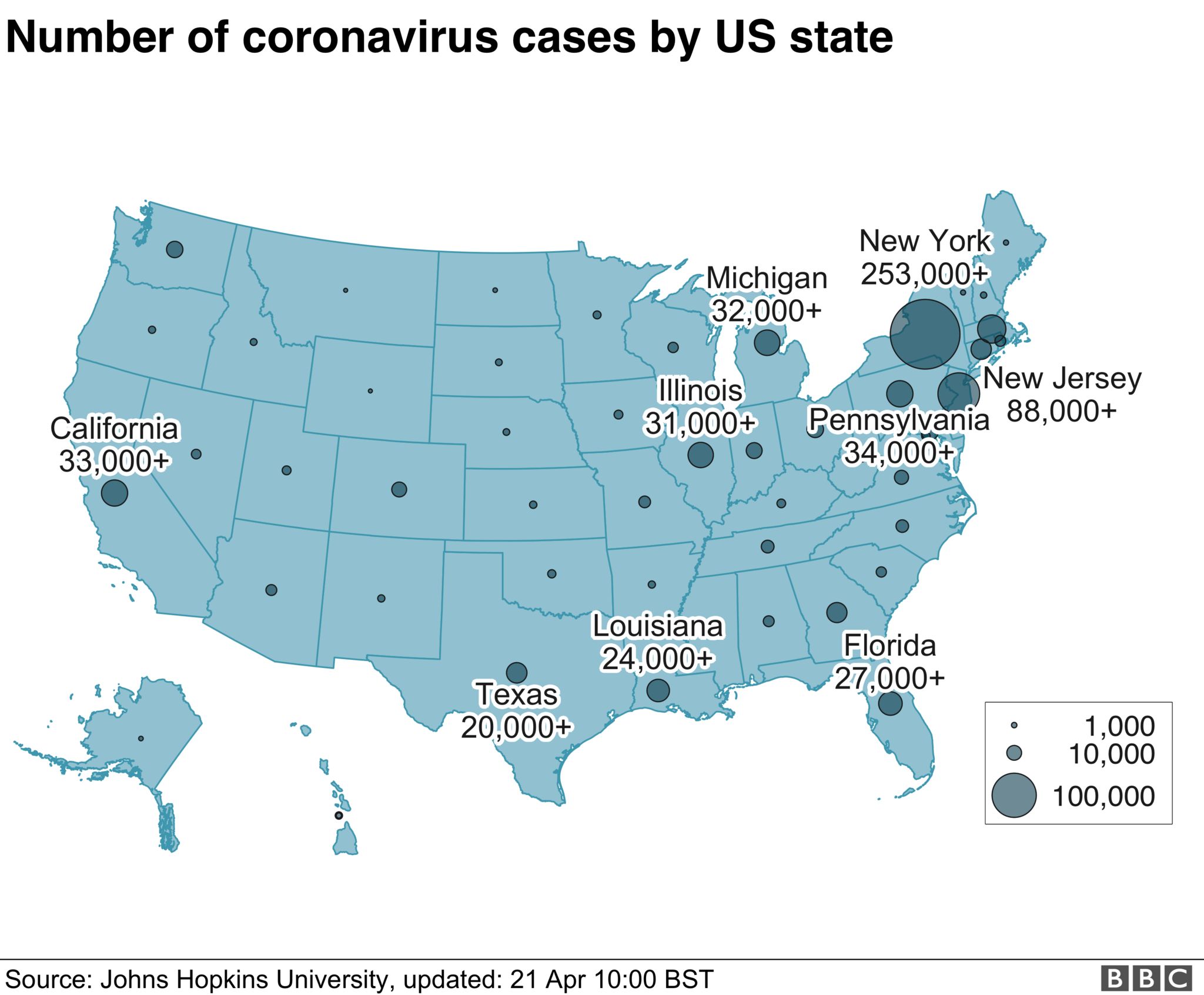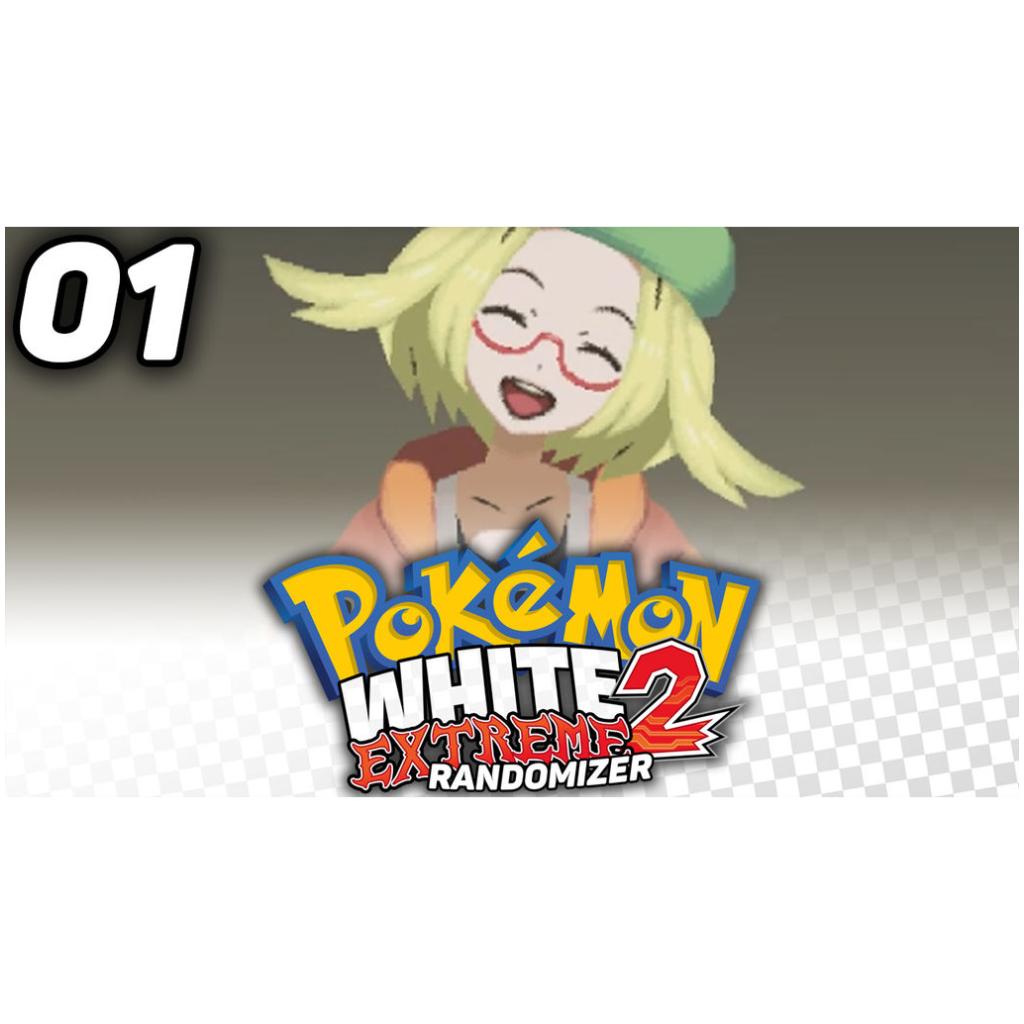

- #32 lives crack not working update#
- #32 lives crack not working code#
- #32 lives crack not working professional#
#32 lives crack not working professional#
ensure that all fire fighters and officers receive fundamental and annual refresher training according to NFPA 1001 Standard for Fire Fighter Professional Qualifications and NFPA 1021 Standard for Fire Officer Professional Qualifications.

develop, implement and enforce written standard operating procedures (SOPs) that address the hazards and define the strategies and tactics to be used while operating at specific structures known as “taxpayers”.ensure that the incident commander establishes a stationary command post, maintains the role of director of fireground operations, does not become involved in firefighting efforts, and that transfer of command follows established procedures.ensure that the incident commander conducts an initial size-up and risk assessment of the incident scene before beginning interior fire fighting operations and continually evaluates the conditions to determine if the operations should become defensive.

develop, implement and enforce written standard operating procedures (SOPs) that identify incident management training standards and requirements for members expected to serve in command roles.ensure that their members are thoroughly trained, understand, and utilize the incident management system at all emergency incidents.develop, implement, and enforce an occupational safety and health program in accordance with NFPA 1500 Standard for a Fire Department Occupational Safety and Health Program.NIOSH investigators concluded that, to minimize the risk of similar occurrences, fire departments should:
#32 lives crack not working code#
Key contributing factors identified in this investigation include an insufficient occupational safety and health program, ineffective incident management system at the incident, insufficient incident management training and requirements, insufficient tactics and training, ineffective communications, delay in establishing a rapid intervention team (RIT), inadequate building code enforcement and development, and inadequate turnout clothing and personal protective equipment. He was found in the area of the dining room where he was operating just before the rapid fire event occurred. Victim #2 had a lapel microphone with an emergency distress button which sounded a minute after the rapid fire event, likely from fire impingement. Victim #1 was separated from his crew and was later found on the handline under debris with trauma to his head. Approximately five minutes after the first crew arrived on the scene, a rapid fire event occurred. Victim #2 was in the main dining area searching for fire extension above the suspended ceiling. His officer and the officer from the first arriving ladder company provided back-up on the 1 ¾-inch handline. Victim #1 was on the nozzle flowing water on the fire in the ceiling area above the exhaust hood and duct work for the stove/broiler in the kitchen. Upon arrival, fire was showing through the roof with negligible smoke and heat conditions in the main dining area. On Auga 55-year-old male career fire fighter (Victim #1) and a 52-year-old male career fire fighter (Victim #2) died while conducting an interior attack to locate, confine, and extinguish a fire located in the cockloft of a restaurant.
Death in the Line of Duty…A summary of a NIOSH fire fighter fatality investigation
#32 lives crack not working update#
Revised on Novemto update Cause of Death Section.


 0 kommentar(er)
0 kommentar(er)
